20 startling ways retail will shift in the self-driving mobile business era
What happens when we remove drivers?
Thomas Frey //June 26, 2017//
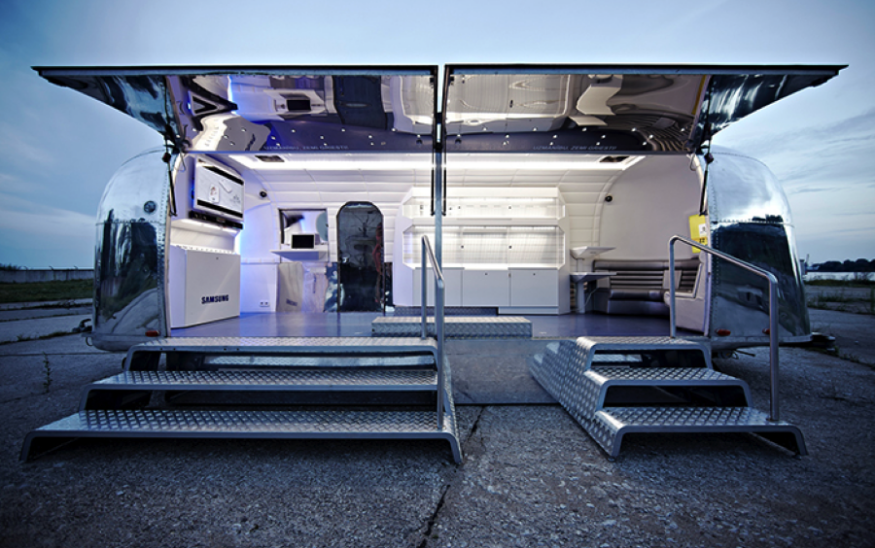

20 startling ways retail will shift in the self-driving mobile business era
What happens when we remove drivers?
Thomas Frey //June 26, 2017//

I posed the question: Will there still be RVs after we shift to driverless technologies?
Why not?
But as we remove the driver from the equation, it opens the door to an array of new businesses that separate themselves from a permanent location.
The number one challenge for traditional retail has been getting customers to the store. As we move into a highly mobile marketplace, businesses can move to where customers already are.
Retail is undergoing a major transition. With reports that 3,500 stores will be closing this year in the U.S. alone – and some speculating the real number may indeed be three times higher – seasoned entrepreneurs are beginning to sniff around the edges to find emerging opportunities.
Today’s storefronts are a throwback to yesteryear. Commercial building owned by wealthy landlords, highly regulated by cities with signage, zoning and code restrictions, requiring years of preparation to construct, and a similar timeframe to modify or change anything on the property.
For this reason landlords have been in a unique position. With commercial properties relatively scarce and good buildings in high-traffic locations even more so, most landlords prefer to hold out for Fortune 500 retailers to sign a 15 to 20 year lease that requires a team of lawyers to review before anything gets signed.
The commercial real estate system has evolved into a complicated, top-heavy industry governed by national brands and global suppliers. As a result, most small merchants don’t stand a chance.
At the same time, the buying public is a mercurial bunch. People love to shop at places that are new and different. They look to be surprised by their experience and they are willing to pay.
The food truck industry has paved the way for a much larger industry.
Gone are the days when stores could simply warehouse products for shoppers to buy. Retailers need to provide customers with a feeling of excitement, exclusivity and a tell-your-friends remarkable experience.
Traditional shopping centers have become stagnant. Sure, some of the displays change along with the merchandise, and occasionally a store is replaced by another, but the pace of life is faster than the glacial speed that transforms the fashion racks at Macy’s.
When it comes to retail, we don’t remember an evolution, we only remember a revolution.
What you’ll see below are images of existing mobile businesses. Once driverless technology kicks in, these will take on some radically different designs.
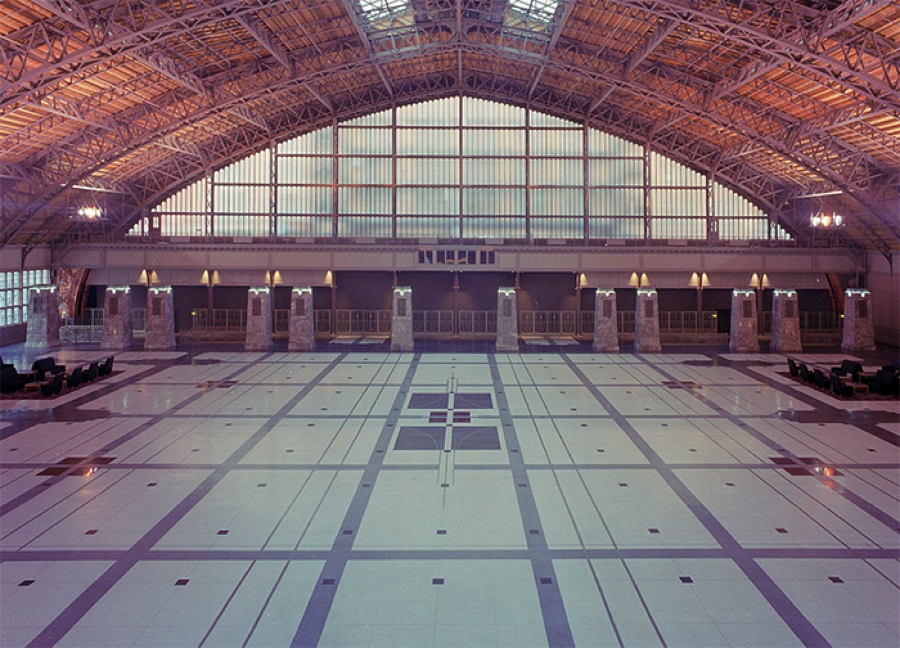
1.) Mobile Malls
The idea of mobile shops started in rural communities. In most small towns, the customer base is too low to warrant a full-time presence and permanent location. But a one-day-a-week storefront might be a perfect arrangement.
For this reason, it’s not a stretch to envision a new shopping experience. With a stationary common area at its core, the mobile mall will be a central gathering place where a variety of businesses can plug-in and set up shop.
RVs, trucks, vans and other large vehicles can be converted into traveling dental offices, tax preparation centers, chiropractic clinics and retail storefronts. As they pull into place, merchandise and service areas will expand into the common area creating an open feel for the shoppers.
Most of the traveling storefronts will be one or two person businesses, nomadically traveling from city to city on their daily business adventure. Others will work a regular circuit, showing up on the same day each week, building a loyal customer base.
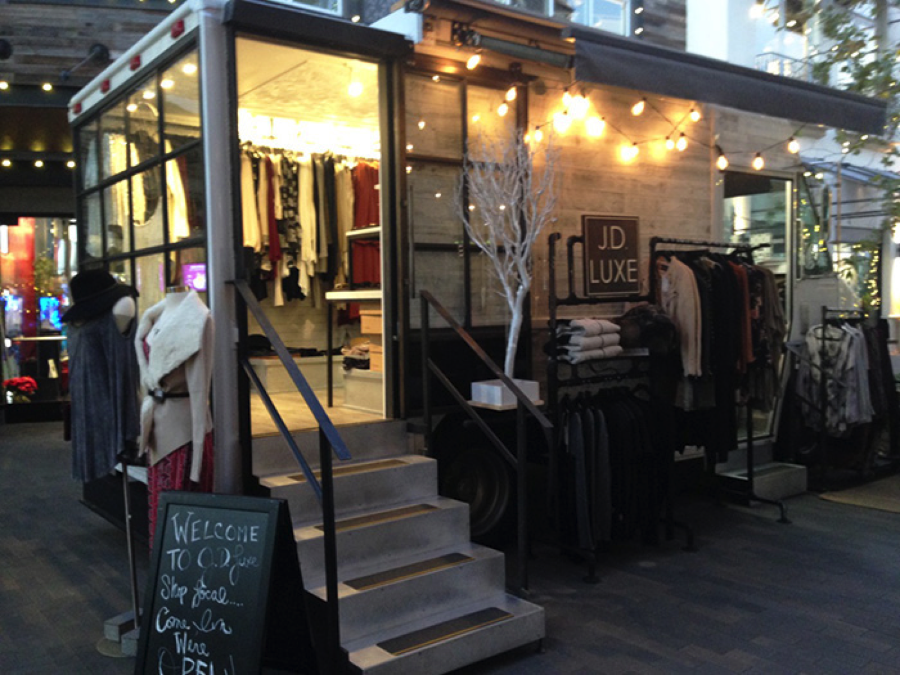
2.) Mobile Clothing Stores – After stepping into a full body scanner to get exact measurements, customers will select the fashion, style, pattern and color of their garments and watch the manufacturing process as they wait. Even though 3D printers can produce the clothing, a number of finishing processes will require additional tools.
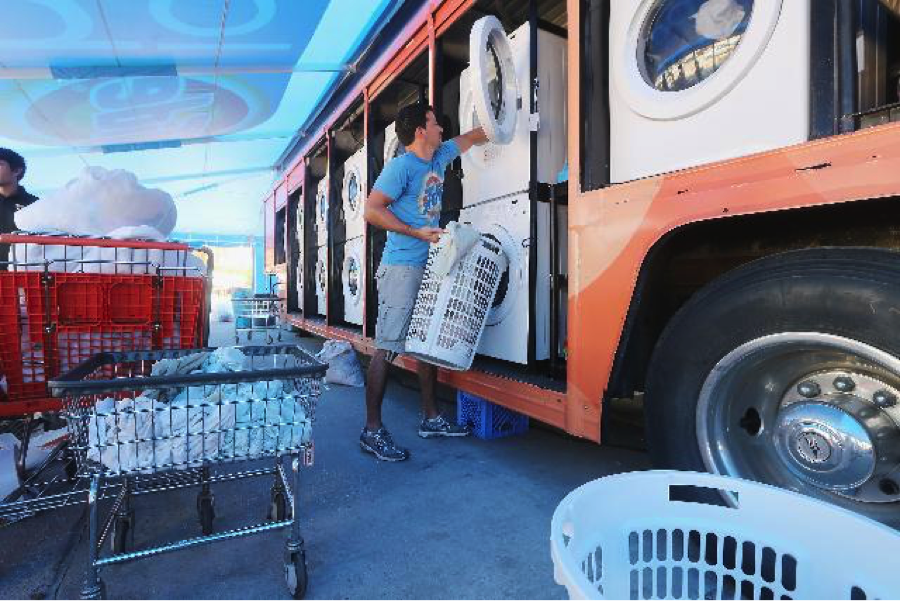
3.) Mobile Laundromats – This type of business can be used as both a laundry service for travelers and a promotional tool for companies demoing new products.
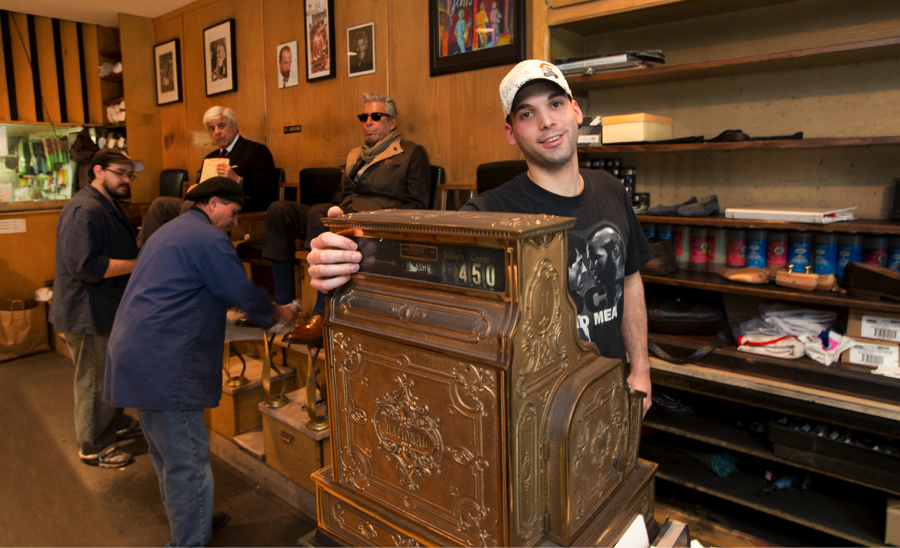
4.) Mobile Shoe Shops – Future shoe stores will begin with a complete foot scan coupled with a pressure point analysis. Since each person’s gate is different, the creation of hyper-individualized footwear is a complicated process involving:
- Biomechanical simulators
- Heat, moisture, stress sensor insertion tools
- Auto-pore vent systems
- Stitch, laminate, adhesion seam bonders
- Treadmill testers
- Foot and ankle scanners
- Stress point analyzers
- 3D shoe and sole printers
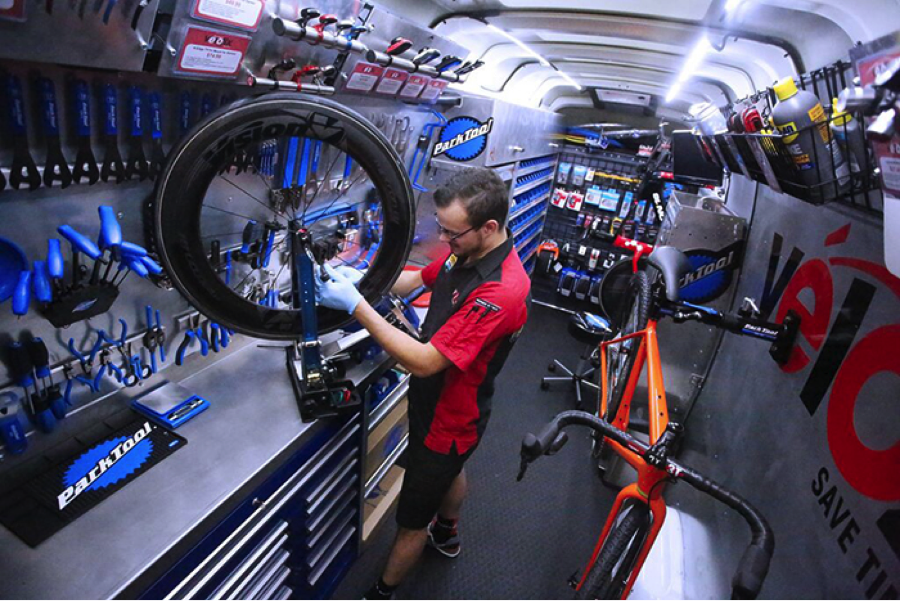
5.) Mobile Bike Shops – Bicycles are popular all over the world and it’s amazing how a mobile operation can open so many revenue streams.
- New and used bike sales
- Bicycle supplies and accessories
- Fix-a-flat service
- Bike tune-ups and repair
- Custom guided bike tours
- Races and competitions
- Rentals
- Trainers, therapy and coaches
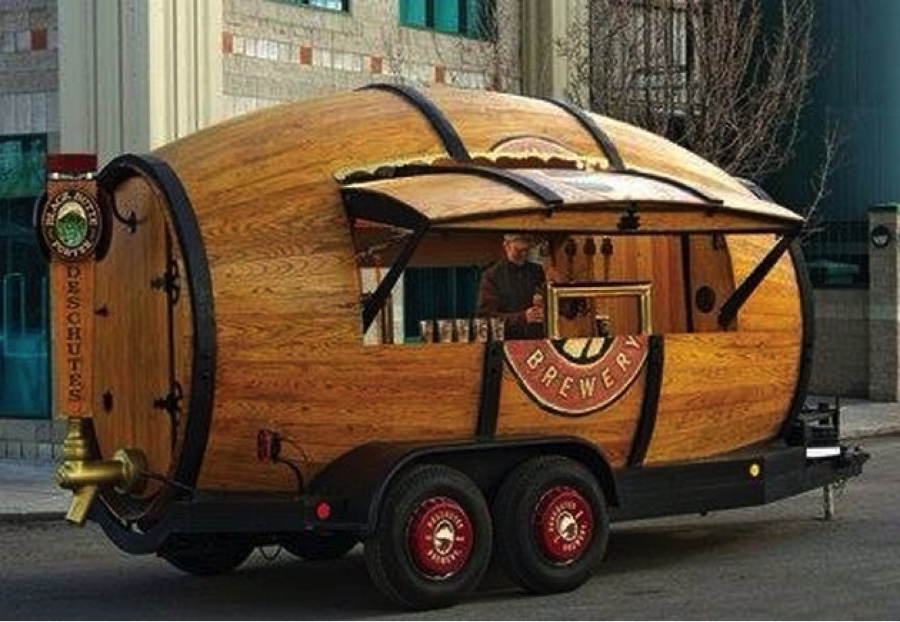
6.) Mobile Brewery/Bar – No need to go to the local liquor store when you can summon an entire brewery whenever and wherever you want. The local watering hole just got a lot more neighborly.

7.) Mobile Vending Machines

8.) Mobile Makerspace – Think of it like a bookmobile only these shops are designed to bring rapid prototyping to school kids.
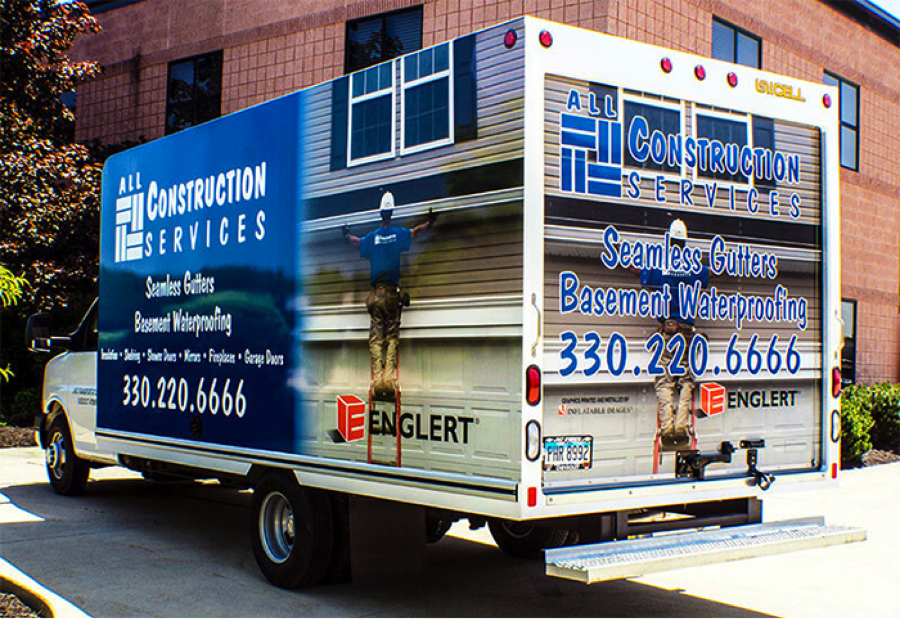
9.) Mobile Construction Services – Everything needs fixing sooner or later.
- IoT and smart home device installation
- Filter cleaning and replacement
- Mudjacking
- Sealing and waterproofing services
- Termite inspection and repair
- Gutter installation
- Window covering installation and repair
- Mobile carpet, tile and flooring shop
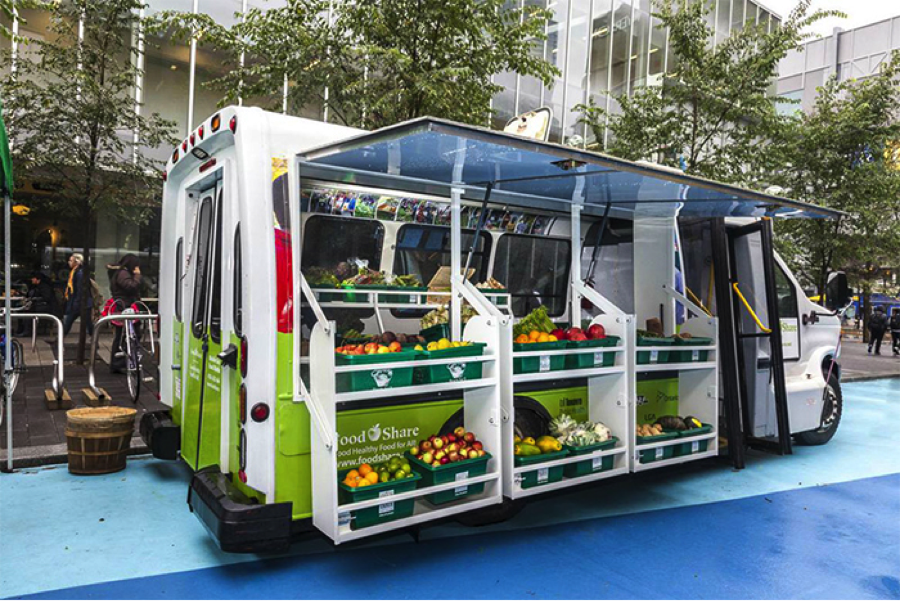
10.) Mobile Market – Think of this as tiny convenience store or fruit stand that can pop up anywhere, with niche products and specialty foods.
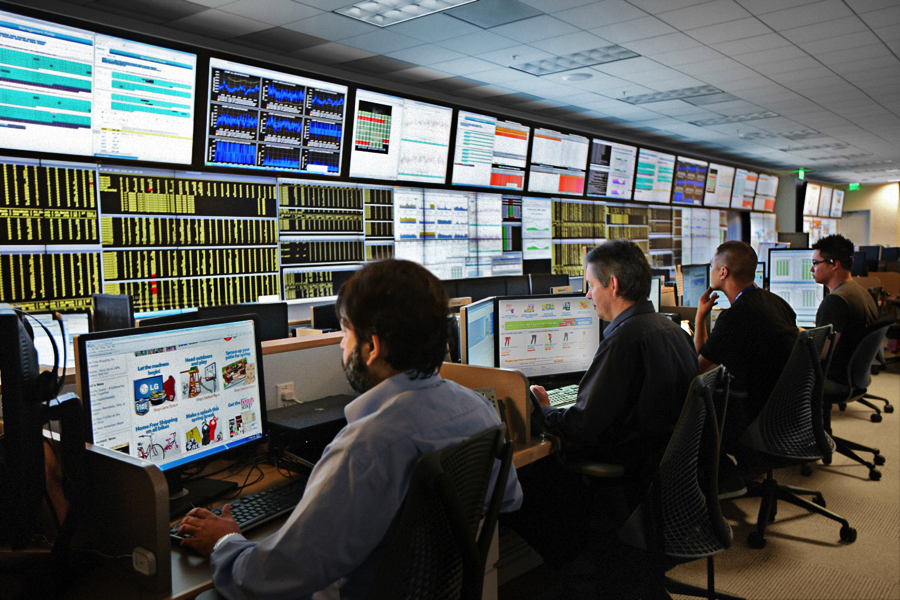
11.) Mobile News Stations – Future news services will deploy a vast array of tools and technologies for adding dimensionality to a story. With all the problems surrounding fake news, having remote journalists positioned in a mobile command center, will give them the ability to add multiple facets to every story. Some of the new tools at their disposal will be:
- Eye-in-the-sky surveillance drones
- Remote interview drones (with video screen showing the person asking questions)
- 360-degree VR camera drones
- 3D chart creation instruments
- Search engines for the physical world
- Full sensory recording tools (sights, sounds, smells, mood, texture, weather conditions, presence of animals/insects, environmental conditions, etc.)
- Multidimensional editing tools
- Full spectral analysis tools (i.e. able to change visual filters for looking an accident/crime scene to geolocate blood spatters, heat signatures, presence of chemical agents, etc.)
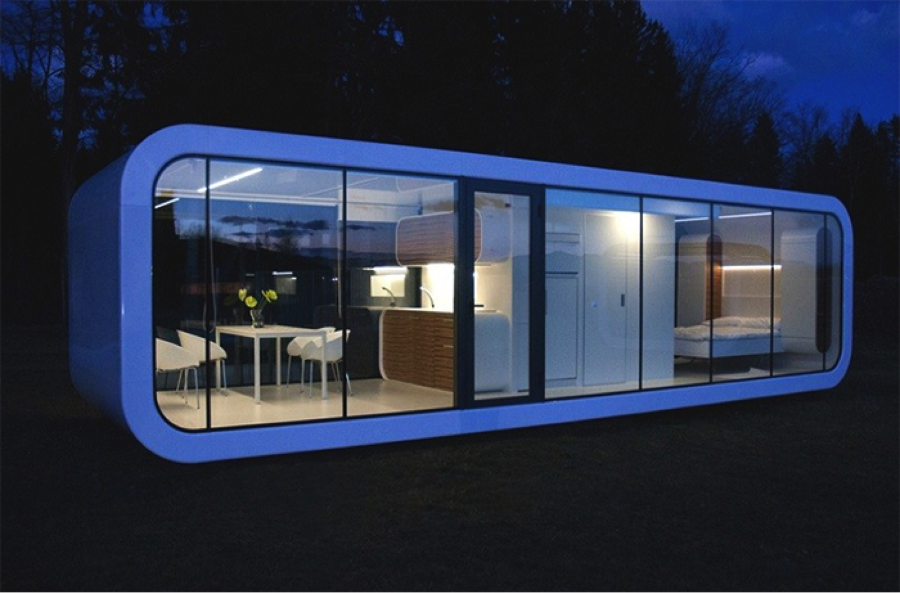
12.) Mobile Hotels – Every big-time convention that rolls into town will soon be able to accommodate more people when additional hotel rooms can be summoned as easily as the guests who will be using them.
FEMA will also like the idea of self-driving homes as a way to provide instant housing whenever a disaster occurs.
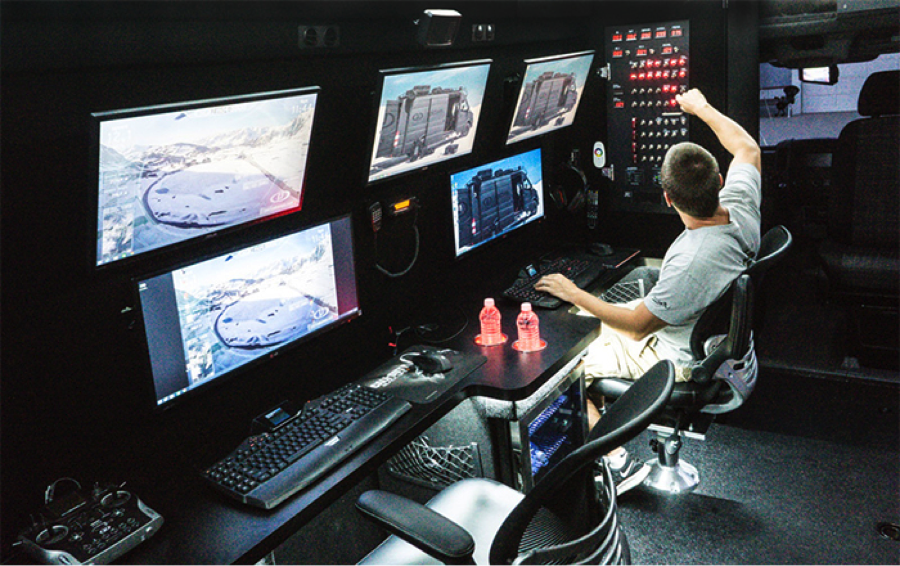
13.) Mobile Drone Command Centers – It won’t take long for people managing complex operations to realize that if one drone is effective, a dozen or two can produce far better coverage.
Managing a fleet of commercial drones will be different than working with today’s one-off hobbyist quadcopters, coming into play once automated systems enable less-skilled operators to manage their own equipment.
Fleet operators will find themselves needing a command center with skilled personnel such as pilots, logisticians, and data analyzers, but piloting the drones themselves will be automated to the point of needing little supervision.
Within 10 years there will be fleets of drones used to manage:
- Police departments
- Fire departments
- News organizations
- Sports teams
- Stadiums
- Forestry departments
- National parks
- Power plants
- Ski resorts
- College campuses
- Airports
- Large farms
- Construction companies
- Shipping docks
- Theme parks
- Prisons
- Military installations
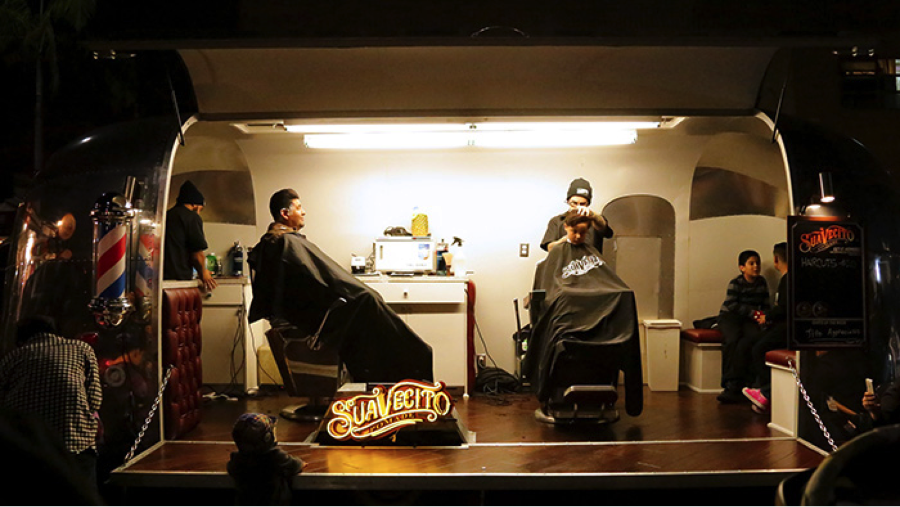
14.) Mobile Professional Service Offices –
- Barbershops and beauty salons
- Chiropractors
- Accountants and tax preparation specialists
- Dentists
- Massage therapists and acupuncturists
- Lawyers
- Realtors
- Insurance agents
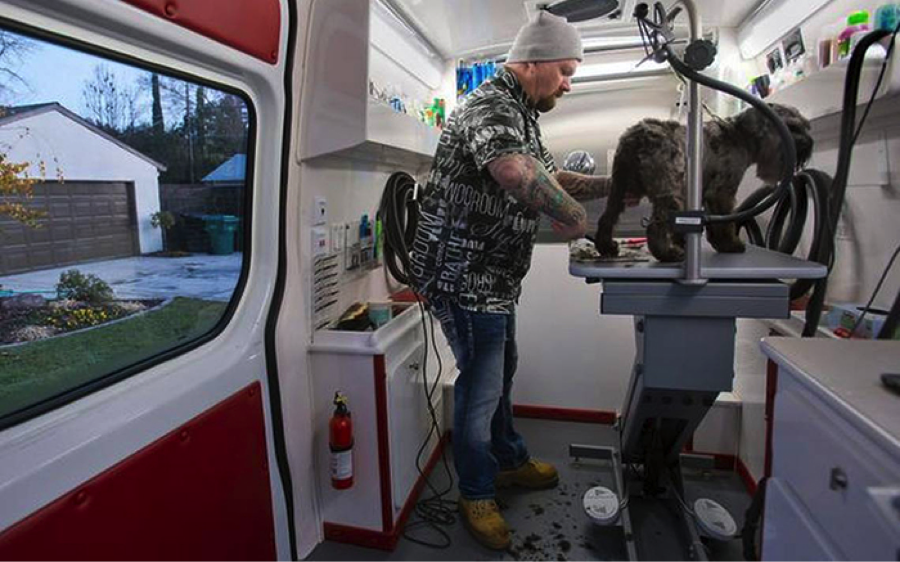
15.) Mobile Veterinarians – Pet Shops – For many people, pets have become an integral part of their family, and relevant services have become a routine part of modern living.
- Vet services
- Mobile kennels
- Dog, cat, pet grooming
- Wash, bath and styling services
- Spay and neuter clinic
- Pet photography
- Training services
- Animal psychologist
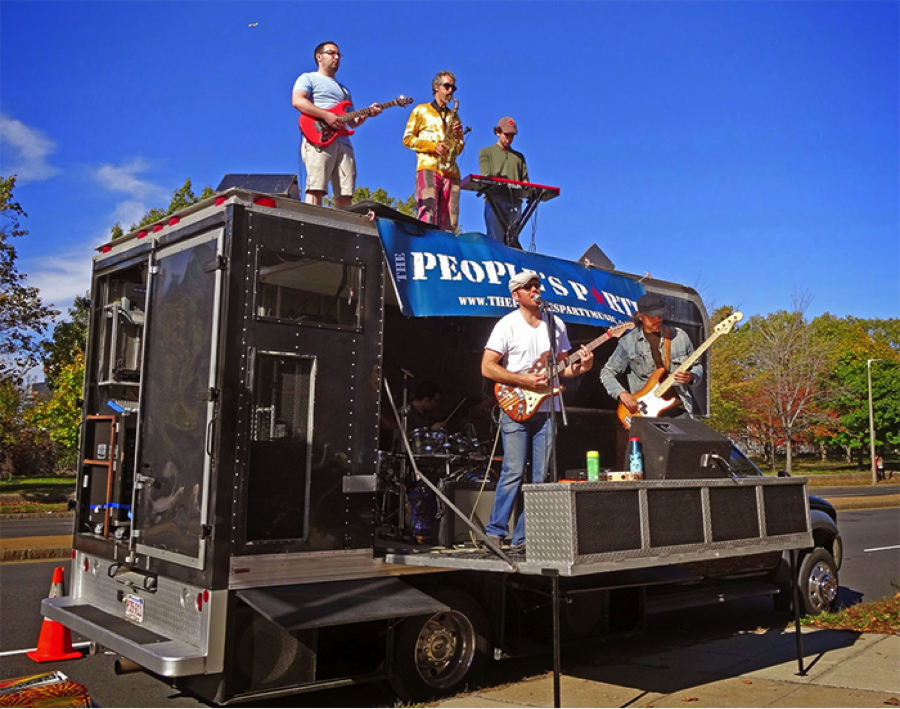
16.) Mobile Entertainment –
- Live bands
- Comedians
- Magicians
- Speed dating
- Face to face video game tournaments
- Mobile rave command center
- Social club
- Game parlors
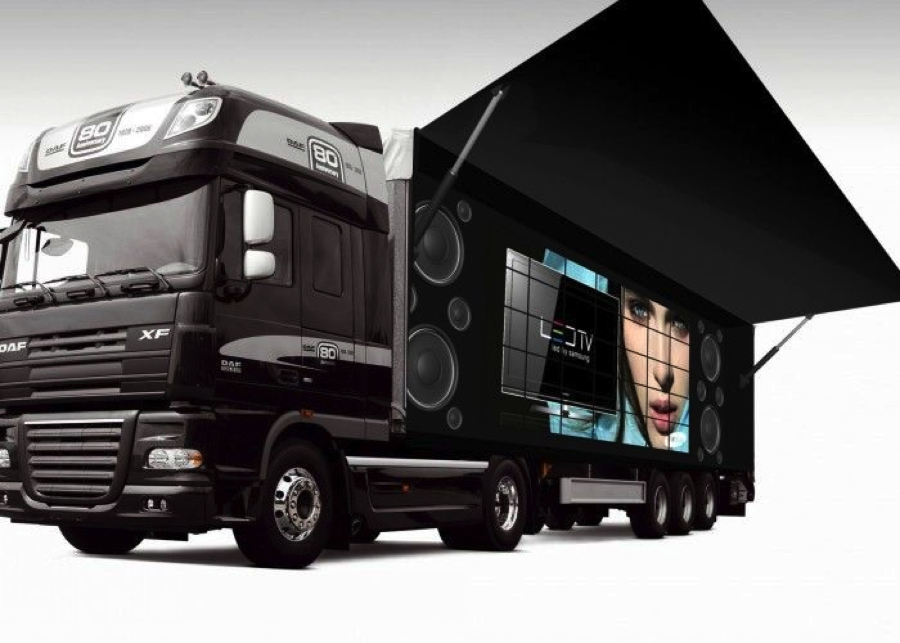
17.) Mobile Entertainment – Events have become a key part of our social structure. One large video screen is all it takes to attract likeminded people and turn a simple broadcast into a community event.
- Monday Night Football
- Academy Awards
- VR-AR experiences
- Olympics
- World Cup
- Popular TV shows – Walking Dead, Game of Thrones
- Congressional hearing
- Election night
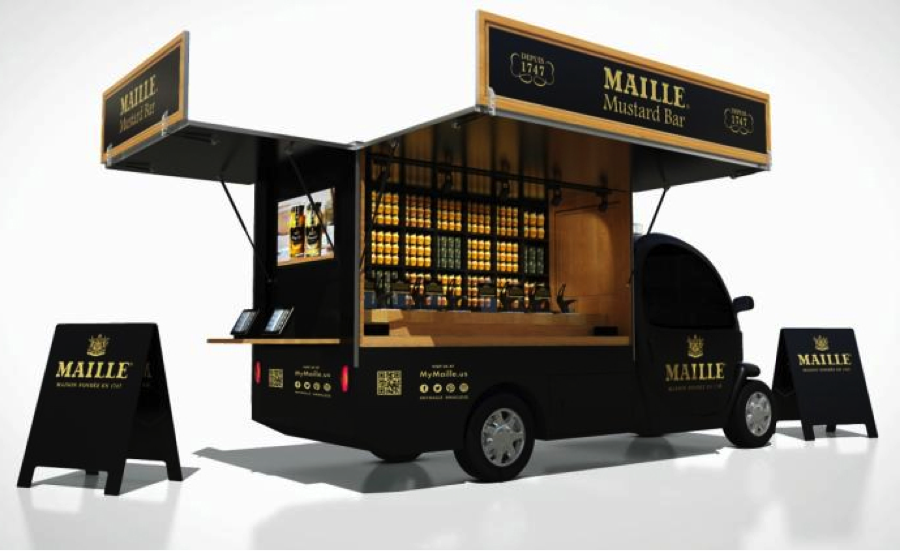
18.) Specialty Product Shops – Certain products inspire unusual levels of loyalty and people who closely follow these products are always looking for the next great innovation.

19.) Talk-to-an-Expert Shops – People love to talk to experts to get answers for those nagging questions that create a cloud of uncertainty around most products. Apple stores are a perfect example of “experts shops” because each of their employees is a true expert on the products they sell. While Apple uses several elements to attract and engage buyers, the expert-to-consumer relationship is a key feature.
Other companies like Amazon and Google are looking to replicate the Apple experience, but they will have an uphill battle. Unless something major changes, Google will ultimately fail with their retail experiment because they have little respect for two-way communications. If you’ve ever tried to contact Google you’ll know what I mean. In the end, retail is all about two-way communications.

20.) No-Inventory Demo Shops – One major expense in traditional retail has been inventories and shelf space. For this reason a new breed of storefront will spring to life, with no inventory, focused solely on product demonstrations and same-day fulfillment.
While most people think in terms of cooking demos with chef’s talking about the food and cookware that they’re using, Demo Shops will include everything from athletic equipment, to toys, to hardware, to appliances, and more.
Most will be pay-to-play product placement stations with experts on hand to answer questions. Look for tech companies like Apple, Amazon, Google and Microsoft to pave the way for these kinds of storefronts.
Will there be a mobile business in your future?
On a recent shopping trip, I went to three separate stores to find an unusual product. But with each in-store experience I tracked down a sales clerk and they told me about an option that either wasn’t apparent to most customers, or that I hadn’t considered.
Yes, the online retail is stealing a growing percentage of business, but people-to-people interactions still matters. However, it’s mattering less, and pricing competition is making the people-to-people option a luxury.
When it comes to retail, consumers are in control. They decide what to buy, where to buy, when to buy, and how much they’re willing to spend.
In a connected world, where information is fluid and transparent, retailers must become actively engaged in the global conversation. If not, their customers will begin the conversations without them.
Physical stores still provide the best way to create a high-value relationship with customers that add to the brand experience, but in addition to online sales, they will soon find new competition in the form of mobile storefronts.
As the driverless era kicks into high gear, our thinking about proximity, place, and location will also shift. Will bricks and mortar retail survive? Yes, in some form, but it may end up far different than anything you can imagine.

























